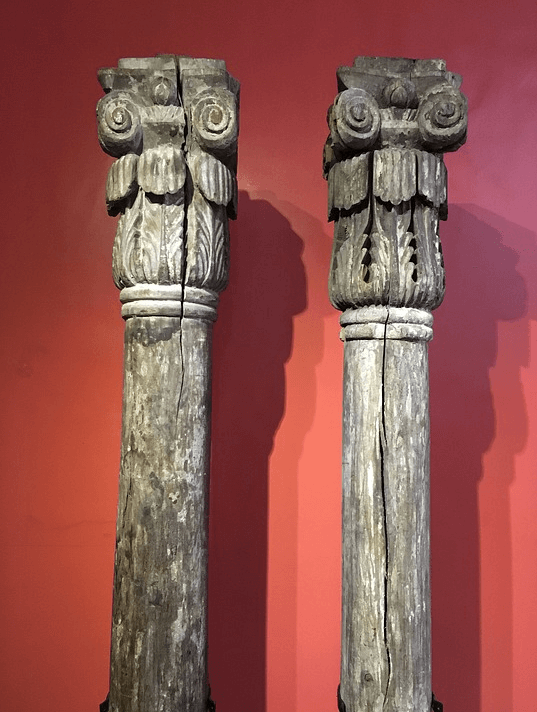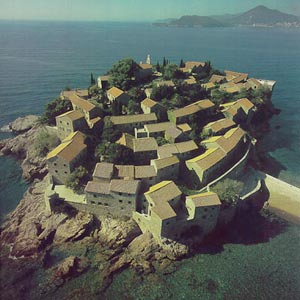Cultural tourism Coast of Montenegro
Cultural tourism and cultural experiences attract travelers searching for authentic cultural attractions, heritage sites, museums, and unique cultural tours. With the option of online booking, visitors can easily plan journeys full of art, history, and local traditions. Discover fascinating stories, explore crafts, and connect with diverse cultures through guided tours, exhibitions, and workshops. Whether you seek inspiration, education, or unforgettable memories, cultural tourism offers enriching adventures for every traveler. Start your cultural travel today and unlock a world of timeless beauty and creativity.
Cultural tourism Coast of Montenegro FAQ
The coast of Montenegro has reputation as one of the most beautiful part of Adriatic coast. From the northern board with Croatia to southern board with Albania on the river Bojana, the length of the coastline is 293.5 km, of which 52 km are beaches. The Montenegro seaside is a very narrow strip of land (2-10 km wide), separated from the inland by high mountains of Rumija, Sutorman, Orjen, and Lovcen. The coast is very indented with numerous bays and caves. The largest, and most impressive is the Bay of Kotor, which is the world's southeren fjord.
On the coast of Montenegro is numerous sand and pebble beaches - 117 in total, 73 km in length of which sand beaches make 33 km. The fact that the air temperature over six months of the year is higher than 18C, together with the adequate water temperature and increased insulation, make the coast of Montenegro one of the warmest and sunniest tourist regions in Europe.
Some of the larger destinations on coast of Montenegro are: Herceg Novi, Kotor, Tivat, Budva...
Tourist offers Coast of Montenegro
Gastronomy Coast of Montenegro
Health Tourism Coast of Montenegro
Active Tourism Coast of Montenegro
Culture Tourism Coast of Montenegro
Nightlife Coast of Montenegro
Transfers Coast of Montenegro
Events and entertainment Coast of Montenegro
Excursions Coast of Montenegro
Hotels in Coast of Montenegro
Private accommodations in Coast of Montenegro
Tourist resorts in Coast of Montenegro
Holiday houses in Coast of Montenegro
Villas with Pool in Coast of Montenegro
Camps, mobile homes in Coast of Montenegro
Boat rental in Coast of Montenegro
Farm holidays in Coast of Montenegro
Hostel in Coast of Montenegro
Cultural tourism Coast of Montenegro Offer





















 Professional serivce
Professional serivce Quality tourist service
Quality tourist service 14 years in business
14 years in business A large number of satisfied guests
A large number of satisfied guests